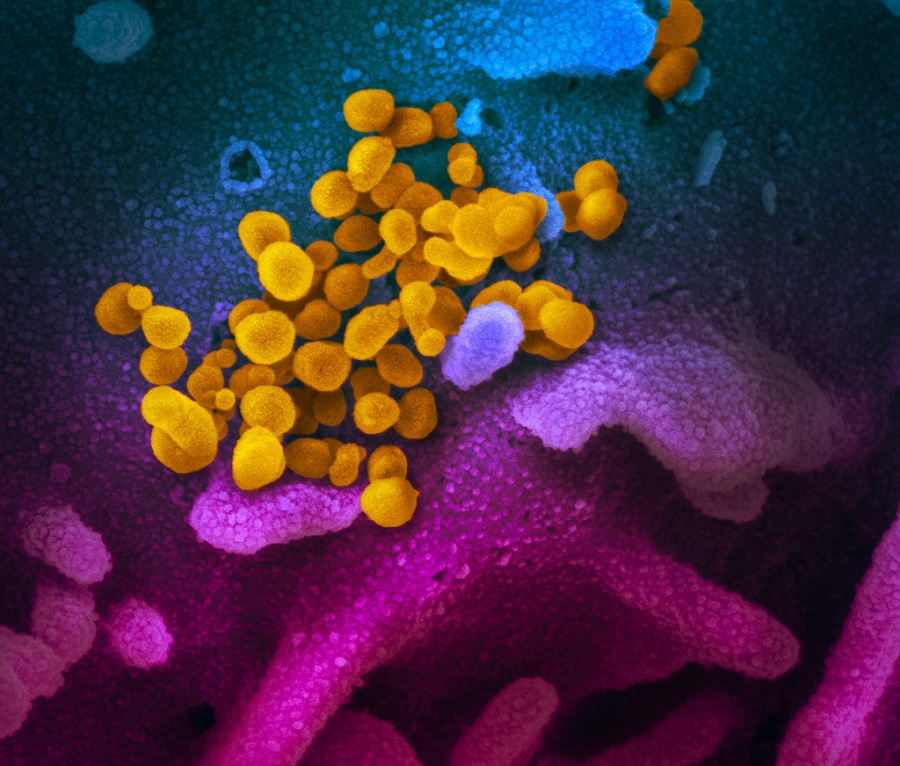Exposure to COVID-19 is not the only risk people should be careful about during a pandemic. More than 70 hand sanitizer brands were found to contain a potentially toxic ingredient, per the latest update from the United States Food and Drug Administration (FDA).
FDA’s listed risky hand sanitizers are now up to 77
Hand sanitizers became one of the necessities since the COVID-19 pandemic started to worsen around the world. However, the FDA has started warning consumers in June about certain hand sanitizer products that are found to contain a risky ingredient that could lead to an injury or even death.
The latest update on the matter shows that the FDA’s list of potentially toxic hand sanitizers has reached 77, as of this writing. The full list can be found here, and it shows that all identified brands have been recommended to be recalled. People are advised to keep checking back this page for future updates and if more brands will be added in the coming weeks.
What makes these hand sanitizers possibly toxic
The FDA first warned the public of this added COVID-19 danger last month after it deduced that nine hand sanitizers it tested potentially contained methanol or wood alcohol. The agency said absorbing products with methanol, either by ingestion or through the skin, “can be toxic.”
In another bulletin, the FDA said it observed a “sharp increase” in hand sanitizers labeled to contain ethanol or more commonly known as ethyl alcohol. However, upon further testing, certain products were contaminated with methanol. The potentially harmful substance is also commonly used in making antifreeze, fuel, and solvents.
Best way to avoid this added COVID-19 risk
To determine the ways to protect one’s self from COVID-19, it is important to understand how it spreads. Available evidence shows COVID-19 is commonly transmitted when a person with the disease secretes respiratory droplets from sneezing, coughing, or as simple as talking. This explains the need to maintain physical distancing and wearing face coverings in places where physical distancing is impossible to do.
A study also suggested that SARS-CoV-2 (the virus causing COVID-19) can stay on plastic and stainless steel surfaces for up to three days. A person risks being exposed to COVID-19 when they touch a contaminated surface and then touch their eyes, nose, and mouth, allowing the virus to enter their system. This is why experts have been telling people to keep their hands clean.
CDC recommends the use of hand sanitizers with 60-95% alcohol (ethyl or isopropyl) for hand hygiene. However, other experts advise not to consider this as a complete replacement for washing the hands with water and soap frequently in at least 20-second intervals.



 Sanofi to Acquire Dynavax in $2.2 Billion Deal to Strengthen Vaccines Portfolio
Sanofi to Acquire Dynavax in $2.2 Billion Deal to Strengthen Vaccines Portfolio  CDC Vaccine Review Sparks Controversy Over Thimerosal Study Citation
CDC Vaccine Review Sparks Controversy Over Thimerosal Study Citation  FDA Adds Fatal Risk Warning to J&J and Legend Biotech’s Carvykti Cancer Therapy
FDA Adds Fatal Risk Warning to J&J and Legend Biotech’s Carvykti Cancer Therapy  SpaceX’s Starship Completes 11th Test Flight, Paving Way for Moon and Mars Missions
SpaceX’s Starship Completes 11th Test Flight, Paving Way for Moon and Mars Missions  Lost in space: MethaneSat failed just as NZ was to take over mission control – here’s what we need to know now
Lost in space: MethaneSat failed just as NZ was to take over mission control – here’s what we need to know now  Trump and Merck KGaA Partner to Slash IVF Drug Costs and Expand Fertility Coverage
Trump and Merck KGaA Partner to Slash IVF Drug Costs and Expand Fertility Coverage  Neuralink Plans High-Volume Brain Implant Production and Fully Automated Surgery by 2026
Neuralink Plans High-Volume Brain Implant Production and Fully Automated Surgery by 2026  NASA Faces Major Workforce Reduction as 20% of Employees Prepare to Leave
NASA Faces Major Workforce Reduction as 20% of Employees Prepare to Leave  China to Add Eli Lilly’s Mounjaro to National Health Insurance in 2025
China to Add Eli Lilly’s Mounjaro to National Health Insurance in 2025  Federal Appeals Court Blocks Trump-Era Hospital Drug Rebate Plan
Federal Appeals Court Blocks Trump-Era Hospital Drug Rebate Plan  Tabletop particle accelerator could transform medicine and materials science
Tabletop particle accelerator could transform medicine and materials science  Trump Signs Executive Order to Boost AI Research in Childhood Cancer
Trump Signs Executive Order to Boost AI Research in Childhood Cancer  Neuren Pharmaceuticals Surges on U.S. Patent Win for Rare Disorder Drug
Neuren Pharmaceuticals Surges on U.S. Patent Win for Rare Disorder Drug 































